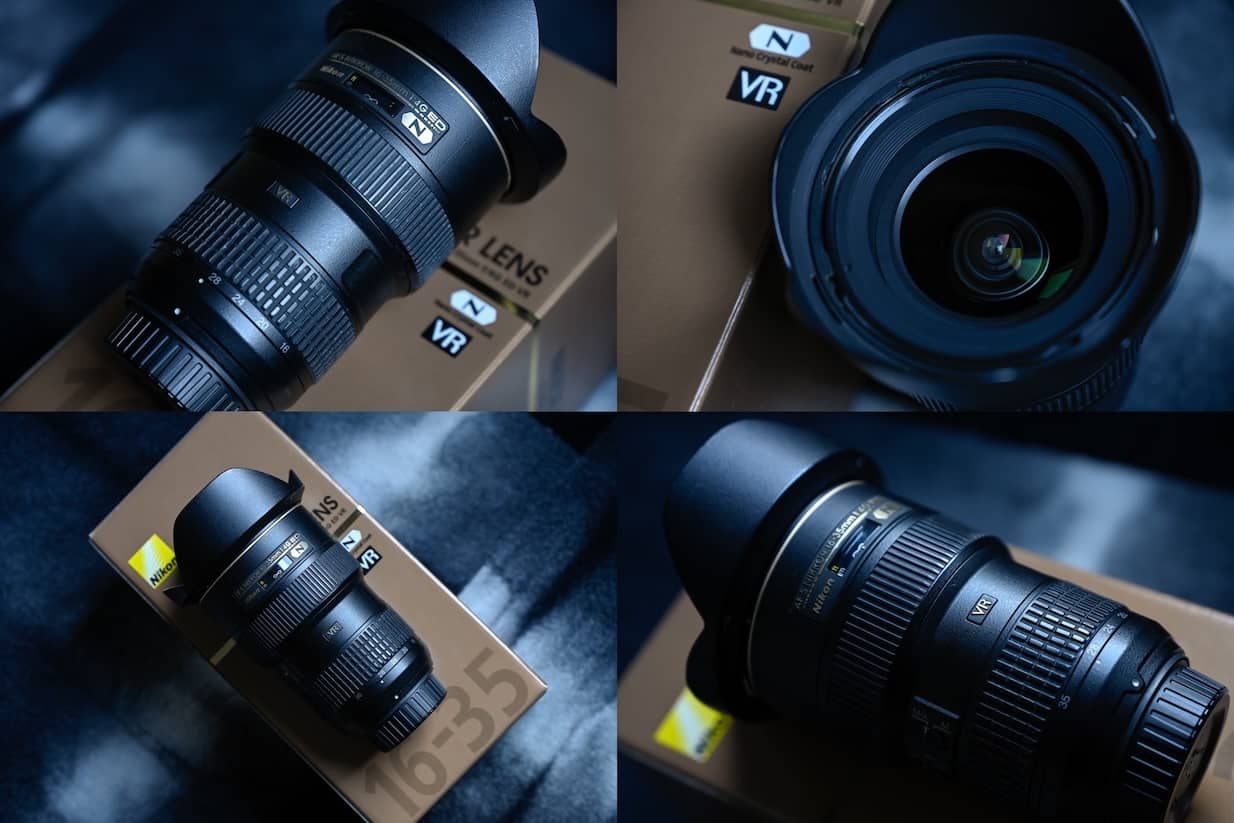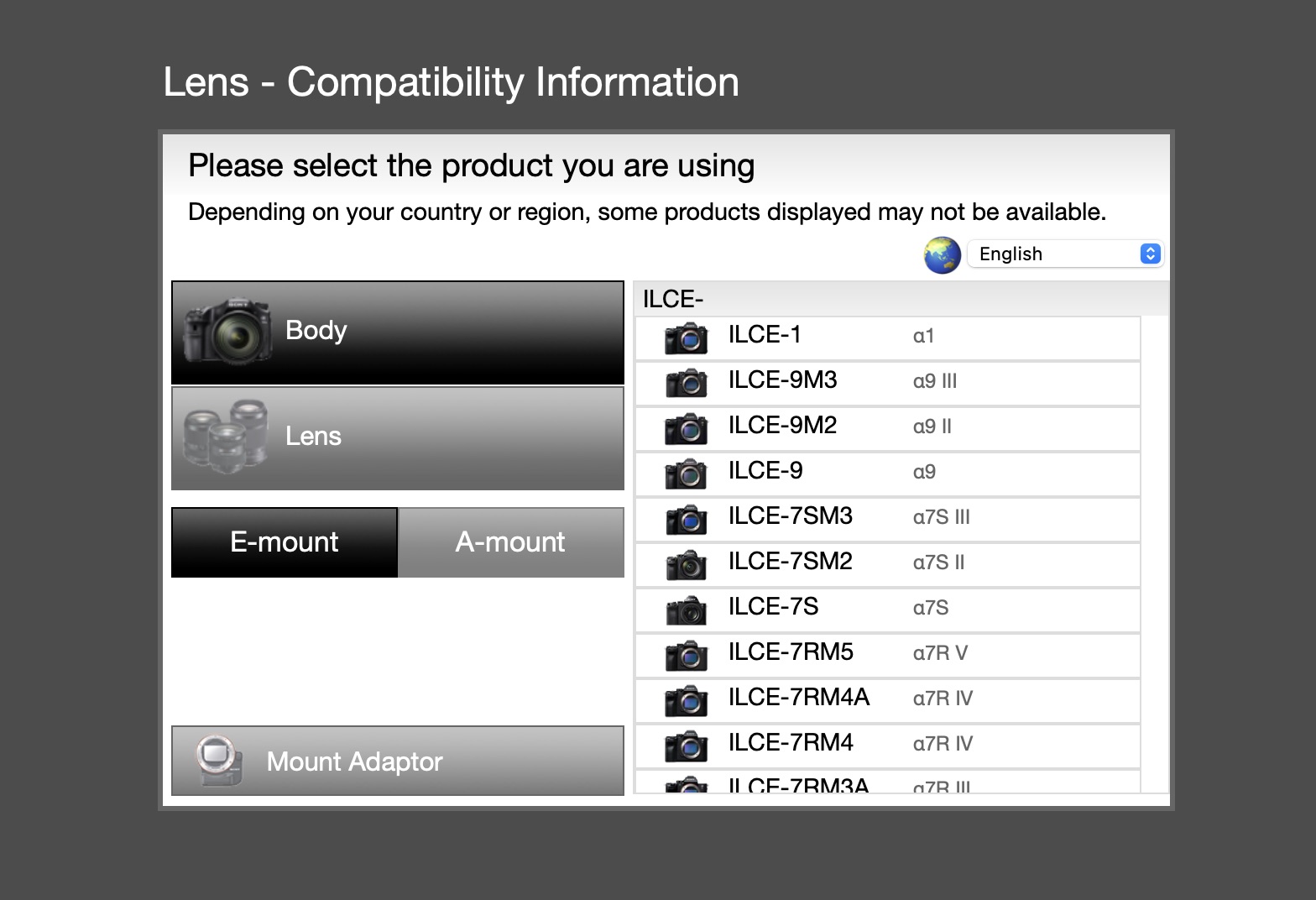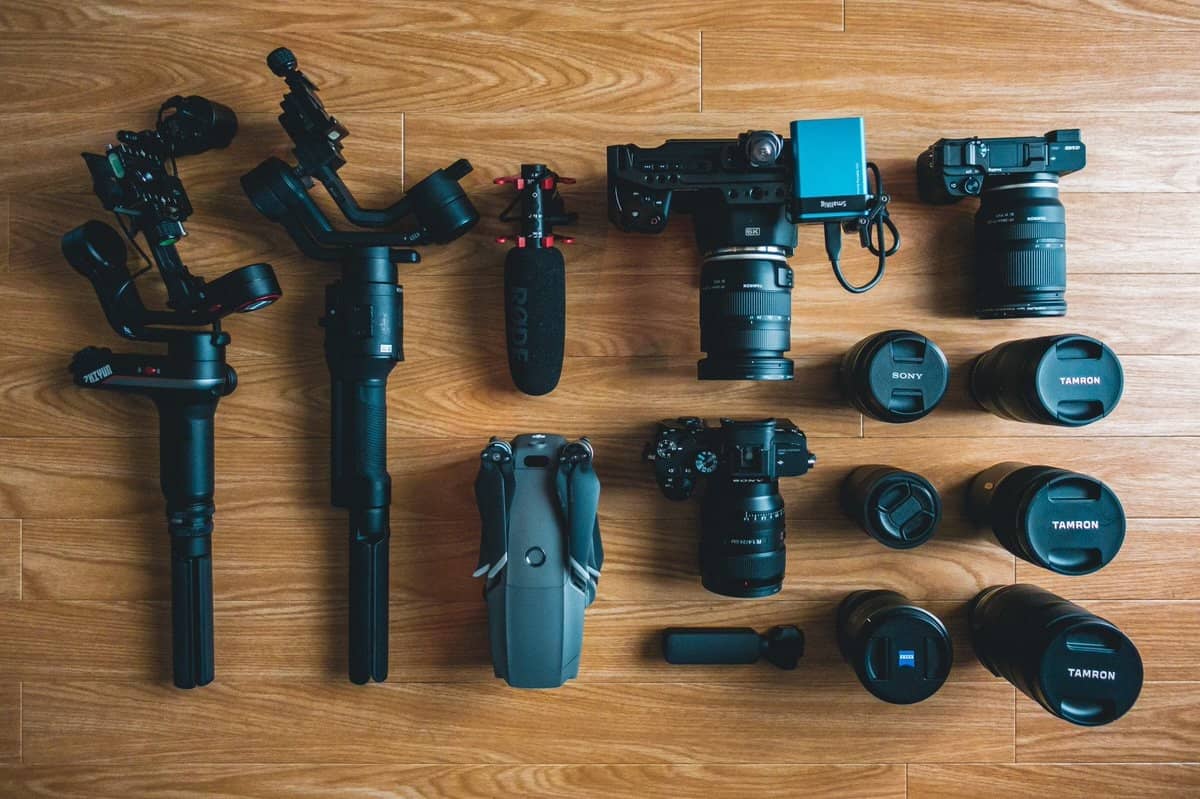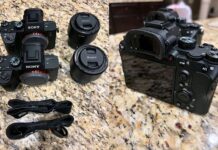An amateur photographer, someone who lacks lens knowledge, rolls the dice and takes a dozen shots of a unique moment in the wilderness. The sun is just right, their new Canon or Nikon DSLR is performing well, yet the epicness of the moment is just out of reach. They lacked a dedicated lens and came up short.
To really reach out and capture every aspect of a landscape shoot, the purchase of specialized optics is the only way to go. We’re talking about a superb wide-angle focal length, something that sports super-lightweight features while still retaining ultra-sharp details on your shot’s near and distant scenery content.
Initial contenders for best lens for landscape photography, capturing the subtleties of a well-composed shot, include a good 16-35mm f/4, such as the AF-S Nikkor 16-35mm f/4G ED VR or the Canon EF 16-35mm f/4L IS USM. Both of these iconic lenses offer exceptional versatility, allowing you to create incredible compositions.

Would that it were so simple, though. There’s a vast range of landscape photography lenses available to you, and they can quickly deplete the fattest wallet. To get the best for your budget, we’re going to review some of the finest and most affordable landscape optics you can find on the market.
Standingdesktopper's pick
In search of the best landscape photography lenses
High-performance, ultra-wide-angle zoom responsiveness, even optical image stabilizer enhanced, the following reviews cover every feature you could possibly want in a landscape composition shoot.
Note: Two popular focal lengths, the 16-35mm and 70-200mm lens models, are favored by pro photographers, so keep this fact firmly in mind when searching through reviews.
With all of that said, our team of reviewers fell on these landscape photography lenses with an embarrassing amount of excitement, like kids in a candy store. Gushing with enthusiasm, their reviews can be summarized as follows.
Canon EF 16-35mm f/4L IS USM
 Canon EF 16-35mm f/4L IS USM Lens - 9518B002, Black
Canon EF 16-35mm f/4L IS USM Lens - 9518B002, Black
The USM acronym stands for ultrasonic motor, the IS for image stabilization, and everything else on this environment-resistant optics package stands for quality. Sold for a budget-stunning, the lens isn’t cheap, but it will earn its place as your optics-of-choice when you’re out and about, looking for that perfect golden hour shot.
Material quality and design durability partner with a smooth autofocus and responsive image stabilization system to ensure you never miss a sunrise, with the last rays disappearing over some mountain ridge as you snap the perfect shot. After all, being in the moment is everything when involved in photography of scenery.
A superior f/4 maximum aperture sucks in that low evening light while three aspherical lenses in the guts of the tightly constructed optics package assure a reduction of chromatic aberration and distortion. Every ridge line and mountain peak, every branch and leaf, stays consistently sharp and in focus.
Nikon AF-S NIKKOR 24-70mm f/2.8E ED VR
The next entry in this list is for the landscape photography Nikon camera owner. Equipped with low-light f/2.8 aperture capabilities, the longer zoom range pulls in night-time detail, no matter the cloud cover or atmospheric conditions. The Nikkor AF-S 24-70mm is also equipped with vibration reduction, hence the VR label, perfect for those image stabilization shots that demand utmost stillness.
While a tripod is a heavy piece of kit to carry through a forest or up a steep, rough-going incline, the low light capturing and image stabilizing features built into this iconic lens mean you can easily take handheld photos, no matter the lighting.
Inside the lens, expect legendary Nikkor performance, courtesy of the aspherical extra-low light optics elements. They’ve been designed to promote edge-to-edge full-frame sharpness, free of chromatic aberration, ghosting, and any kind of optical distortion that could impact a beautifully rendered landscape shot. The nano-crystal lens coating completes an impressive features list.
Sony FE 12-24mm Ultra-wide f2.8 GM Zoom
If a high-performance, ultra-wide angle lens is going in your camera bag, you couldn’t do better than this Sony FE 12-24mm full-frame lens, but remember that you’ll be buying into the Sony digital camera ecosystem. That’s not a bad thing, of course, just different from Nikon and Canon. As such, you’ll be entering the Sony world of E and A-mount compatibility tables.

Back with the review, our team of camera enthusiasts and testers judged this to be a supremely capable vista capturing lens. The ultra-wide Sony FE fits snugly and compactly to a Sony Alpha full-frame E-mount camera body, producing beautiful high-resolution photos of large vistas. Among its leading features, expect the proprietary nano AR Coating II on the lens elements, and super-fast autofocus, too.
Packed with technological innovations in a lightweight frame, including advanced aspherical elements and extra-low dispersion optics, the panoramic landscapes you’ll take with this lens exude full-frame, corner-to-corner sharpness. The only downside we could see is the cost, a hefty near $3000 price tag, but consider it an investment in photographic scenery capturing excellence.
Canon EF 70-200mm f/2.8L IS III USM
Back to Canon, no surprise there, our testers put the EF 70-200mm telephoto f/2.8L through its paces. Whereas some entries in this market offer hefty lenses, which aren’t easy to maneuver through harsh terrain, Canon has produced a compact 7.8-inch barrel that weighs no more than 3.17 lbs. Its elegant cream and charcoal banding is outfitted with grips for the focus rings, but that job is typically assumed by the high-speed USM (Ultrasonic Motor) AF system.
Among its flashiest telephoto features you’ll find a maximum aperture of f/2.8, a series of easy-slide focusing controls within finger reach, and an optical stabilization mechanism that’s equivalent to a full 3-stops of shake correction. For anyone who zooms in on distant scenery details, sharp focus is aided by such advanced image stabilizing systems.
There’s a lot more inside the weather-sealed lens. Preventing ghosting and flaring, ASC (Air Sphere Coatings) combine vapor-deposited multi-layer coatings with an outermost coating to create an ultra-low refractive index. Furthermore, there’s a fluorine film on either piece of glass bookending the 23 element optic assembly, there to prevent fingerprints oils and smearing from attenuating image quality.
Sigma 14-24mm f/2.8 DG DN
The Sigma 14-24mm f/2.8 is a solid entry in the category of best third-party wide angle zoom lenses. The letters trailing the extreme low light collecting f/2.8 aperture spec showcase its full-frame mirrorless camera body credentials and a flare for compact handling. Although not equipped with optical stability control, the third-party lens is compatible with in-camera stability systems such as the IBIS (In-Body Image Stabilization) features found in many high-end camera bodies.
A smooth-moving, responsive stepper motor for instant autofocus, a lightweight but durable 5.2-inch toughened cylindrical barrel containing an intricate 13-group, 18-element optics package, and far more besides, the Sigma lens clearly has enough feature-rich capabilities to satisfy the most demanding scenery shoot.
Do remember, however, the Sigma 14-24mm f/2.8 DG DN, although entirely capable of crisp high-resolution images, thanks in part to its ghost and flare reducing nano porous coatings, is designed to fit mirrorless camera bodies such as the Sony E-mount series. Opt for the Sigma 14-24mm f/2.8 DG HSM Art if DSLR compatibility is required.
Sigma’s HSM (Hyper Sonic Motor) keeps mirrored cameras firmly in the game, perhaps with a little wildlife photography added to a versatile landscape shoot.
Nikon Z 70-200mm f/2.8 VR S
Featuring outstanding all-frame mirrorless sharpness and resolution, the best-in-class Nikkor Z telephoto has been designed by experts for experts. It seals in two aspherical elements of glass and a shortwave refractive optics combo, assuring near absolute elimination of distortion, no matter the distance of the crisply focused frame subject. Chromatic aberrations, ghosting and flaring, these effects are all dramatically reduced, meaning a detail-oriented photographer can confidently capture stunning images with incredible clarity and detail, all the time, every time.
There’s little else that can be said about this highly-rated lens, other than it takes a slight ding due to its heft, especially when paired with a compact Nikon mirrorless camera body. Otherwise, it’s the full package, a landscape photography lens with enduring appeal. Featuring 18-groups of glass, consisting of 21 elements, some coated in nano crystal films to further prevent glare and reflective issues, the smoothly driven glass optics are powered by a quiet, super-precise stepper motor and with Nikon VR in-lens optical stabilization.
For an F-mount equivalent Nikon DSLR, the Nikkor AF-S 70-200mm f/2.8E FL ED VR would be more appropriate, complete with fluorite elements, performing as a fitting companion for any of their top full-frame DSLR models.
Choosing The Perfect Lens for Your Landscape Shoots
Even if you’re an independently well-off landscape photographer or a hobbyist who’s willing to save up several months of disposable income, interchangeable high-end telephoto and wide angle lenses for the latest and greatest mirrorless and DSLR camera bodies are costly investments. That’s why we’ve taken the time to test out this small group of best-in-class landscape photography lenses, taking on the burden of the testing work so that you can focus on the one product that suits your unique needs.
Nikon and Canon lenses are always going to be ranked highly, and for good reason; they incorporate features that partner specifically with their camera models, such as special focus settings and camera color space programs. Even so, there’s a wide number of competitively priced third-party interchangeable lenses on the market, including the above Sigma lens. And should you lack the cash for those big-label lenses, nothing less will do, there’s a healthy second-hand market you can navigate online.
If forced to choose, perhaps because of budgetary constraints, consider buying a solid 16-35mm landscape photography lens. Its wide angle capabilities will pull in more of a grand panoramic view, and you can always save up for a telephoto further down the line, filling out your armory of lenses with long-distance image capturing strength.
If our testers and review team have been of service, remember this: Ultimately, the choice is yours. Your eventual purchase will open up a world of landscape photography possibilities, and your final choice really should feature a handful of essentials, such as minimal distortion and weather-sealed barrel durability, without incurring a cost in lightweight design loss, of course.
Heading out to a national park or a glorious vantage point in another state, we wish you all the very best in your coming outdoor adventures. Although luck won’t be an issue, not with one of these landscape lenses in your equipment bag.
- Related post: The 10 Best Cameras for Photography












